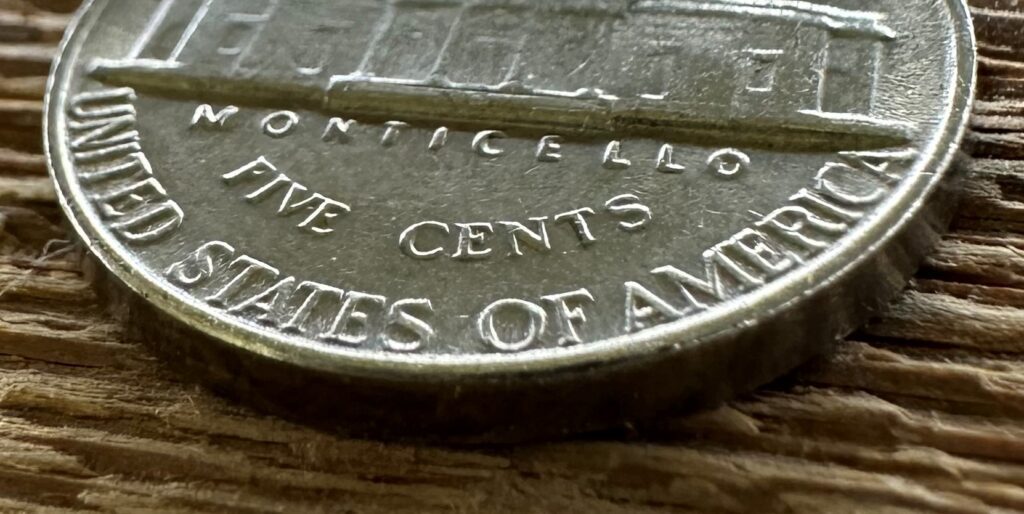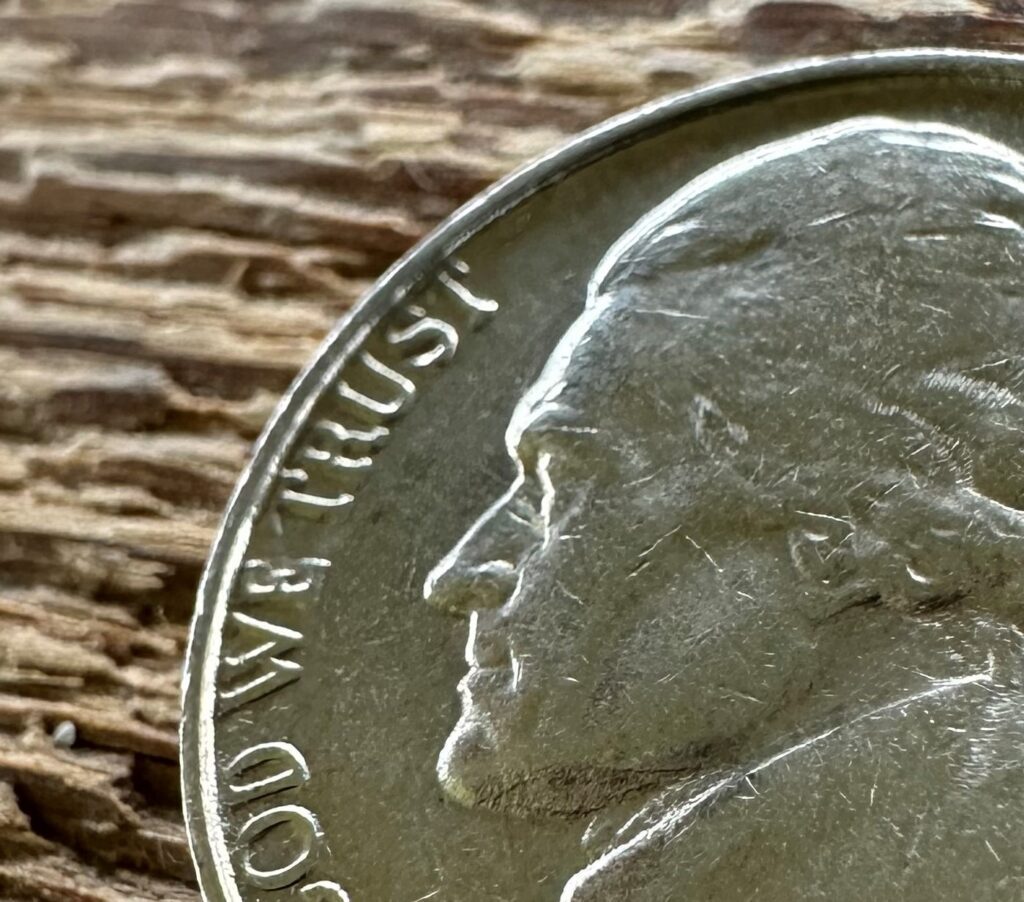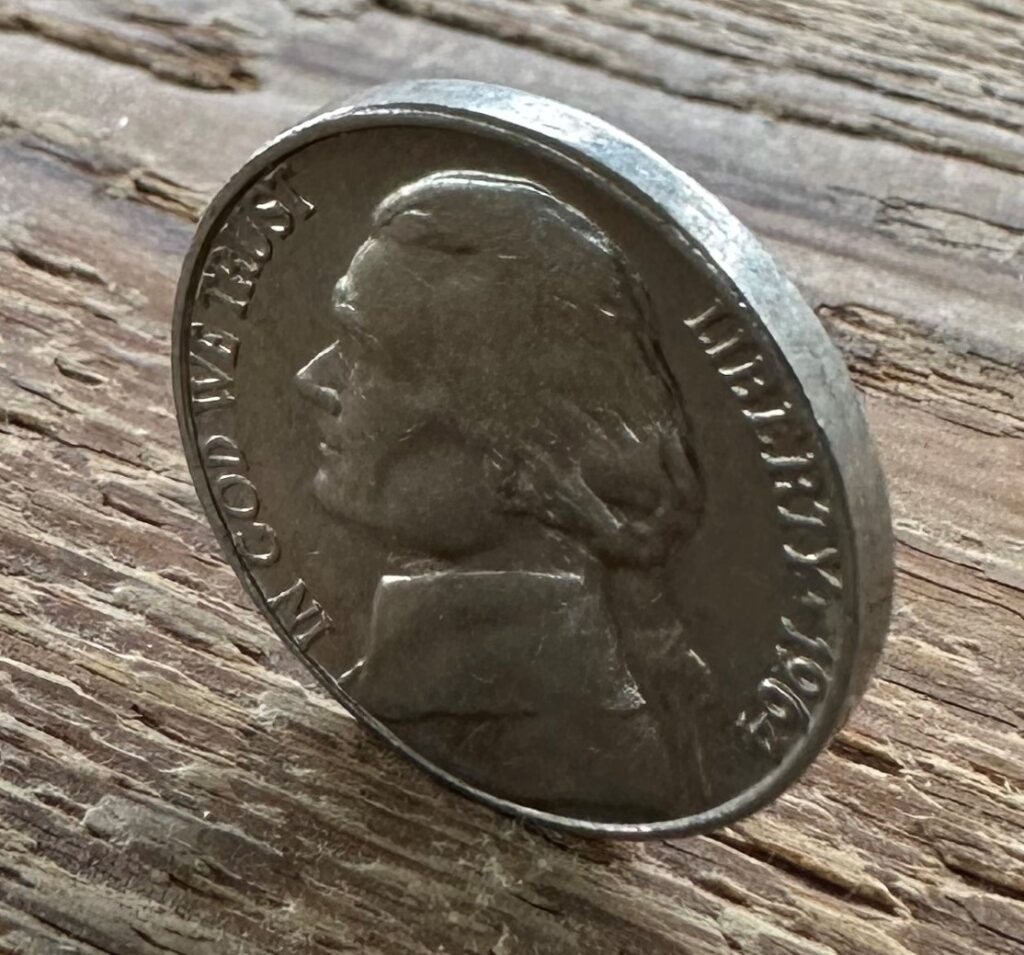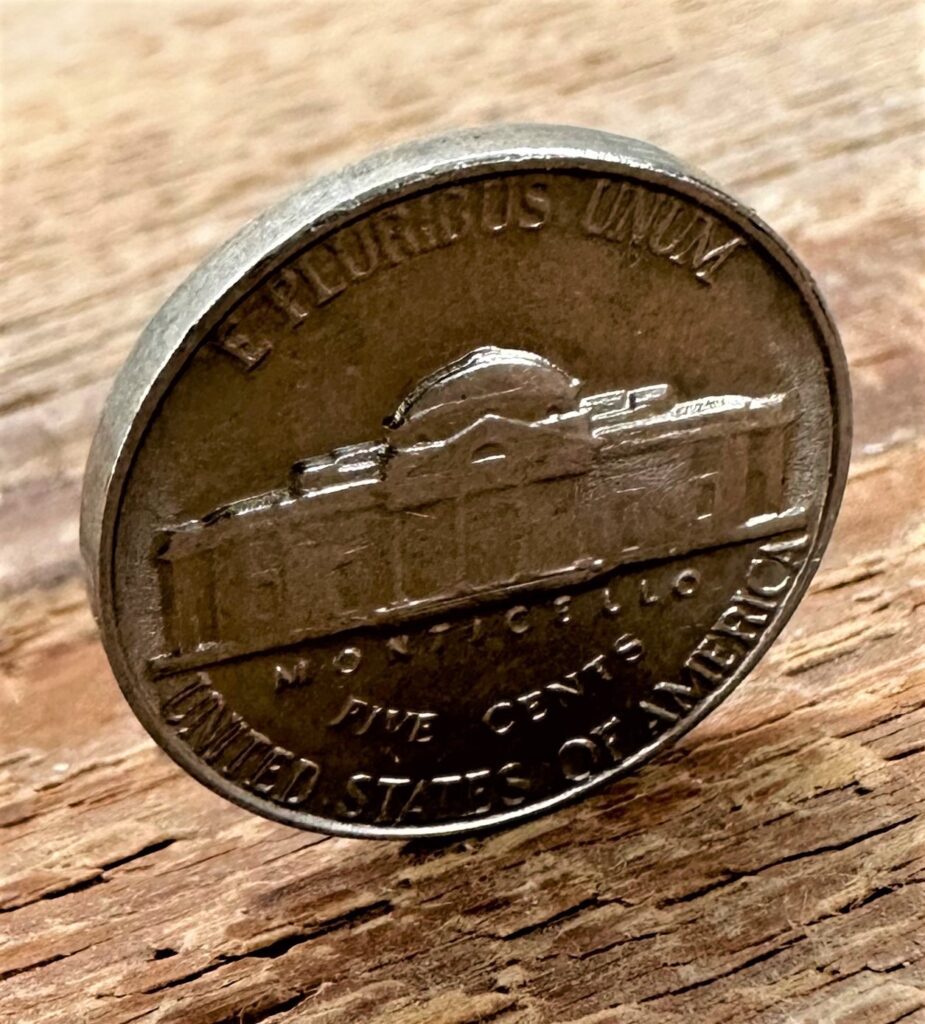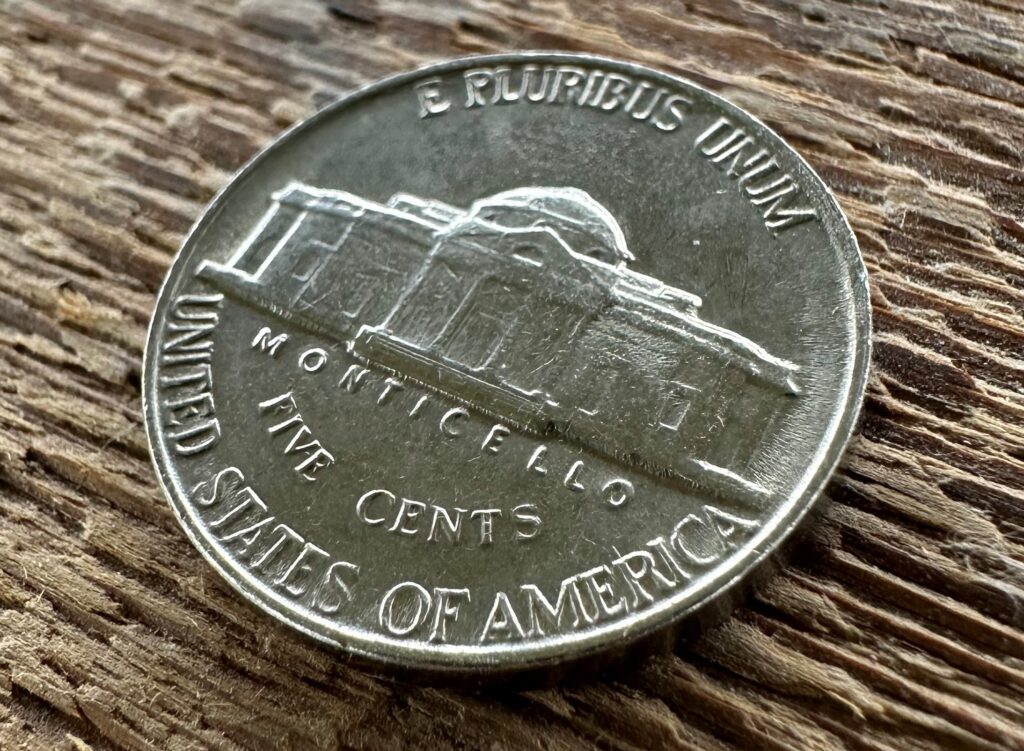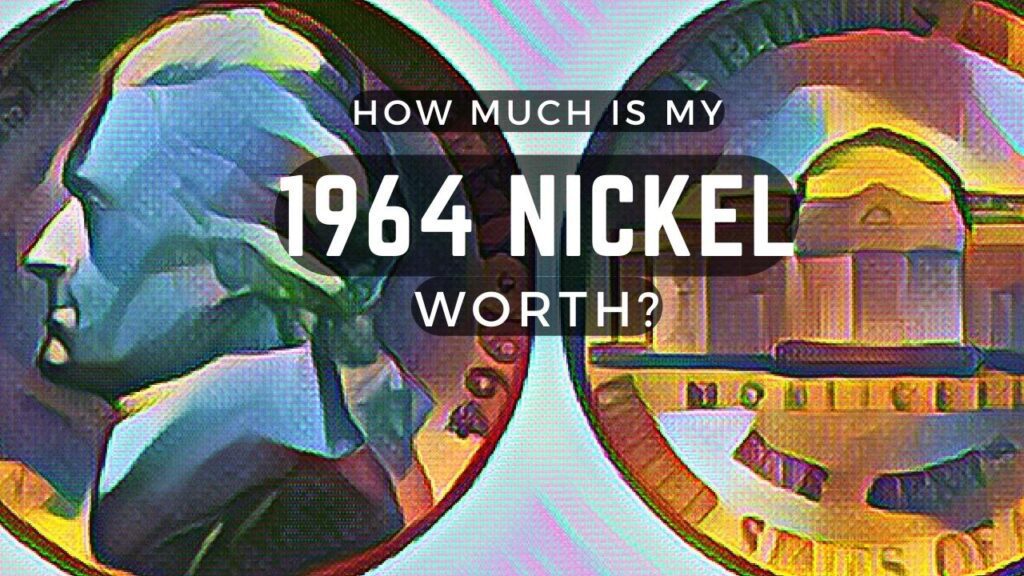This is not just another article about the 1964 nickel. Keep reading if you truly want to discover nearly everything there is to know about this cool coinage.
It’s the ultimate guide to all your 1964 Jefferson Nickel questions.
What’s the value of your 1964 nickel? What makes 1964 nickels incredibly rare and valuable?
And why would anyone pay big money for a nickel from 1964?
The 1964 Jefferson Nickel
Depending on its condition, an uncirculated 1964 Jefferson nickel can be worth anywhere from five cents to over ten thousand dollars.
To determine the value of your 1964 nickel, there are a few categories we need to understand.
- Circulated or uncirculated nickels
- Philadelphia nickel with no mint mark
- Denver nickel with a “D” mint mark
- Regular Strike nickel
- Full Steps Strike nickel
- Rare and valuable error nickels
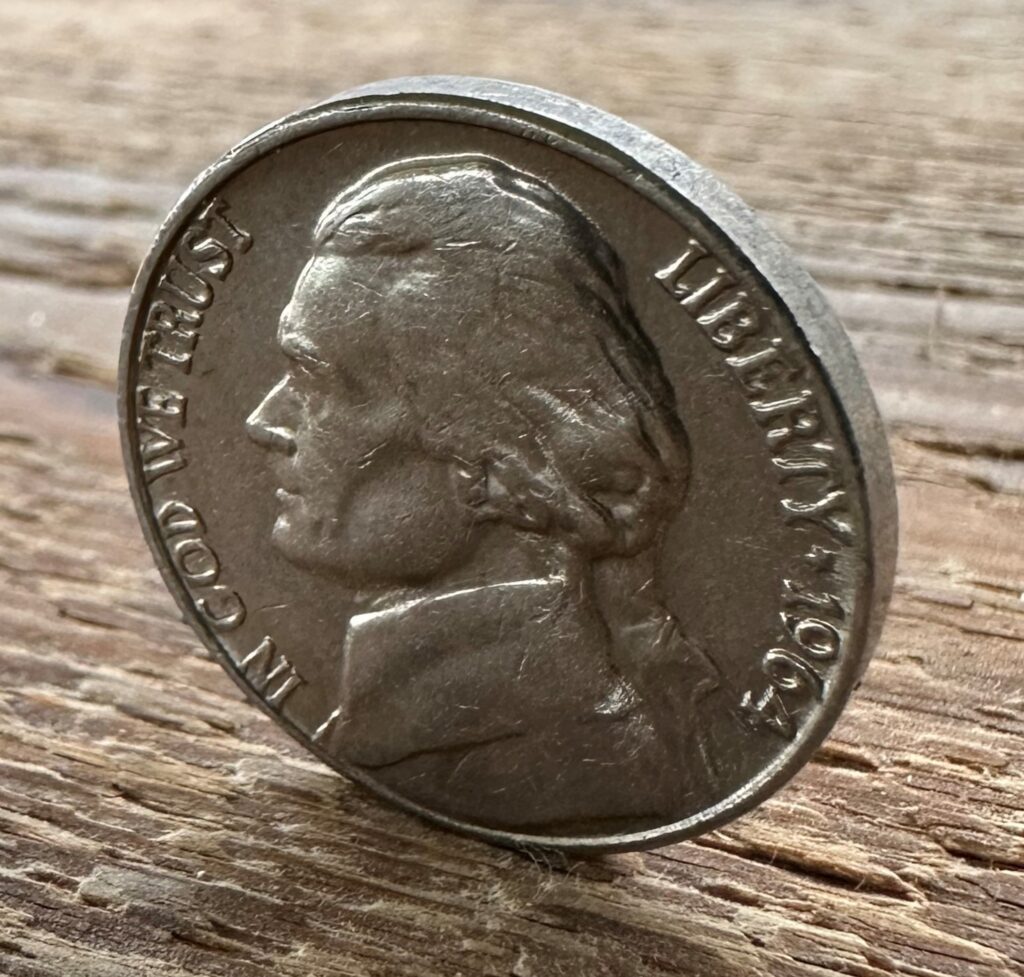
How Much is a 1964 Nickel Worth?
The worth of a 1964 nickel depends on its condition and the type. The face value for all nickels made in 1964 is five cents, regardless of the condition or variety.
The record price paid at auction for a 1964 nickel Special Mint Set (SMS) struck with “Full Steps” is over $33,000.
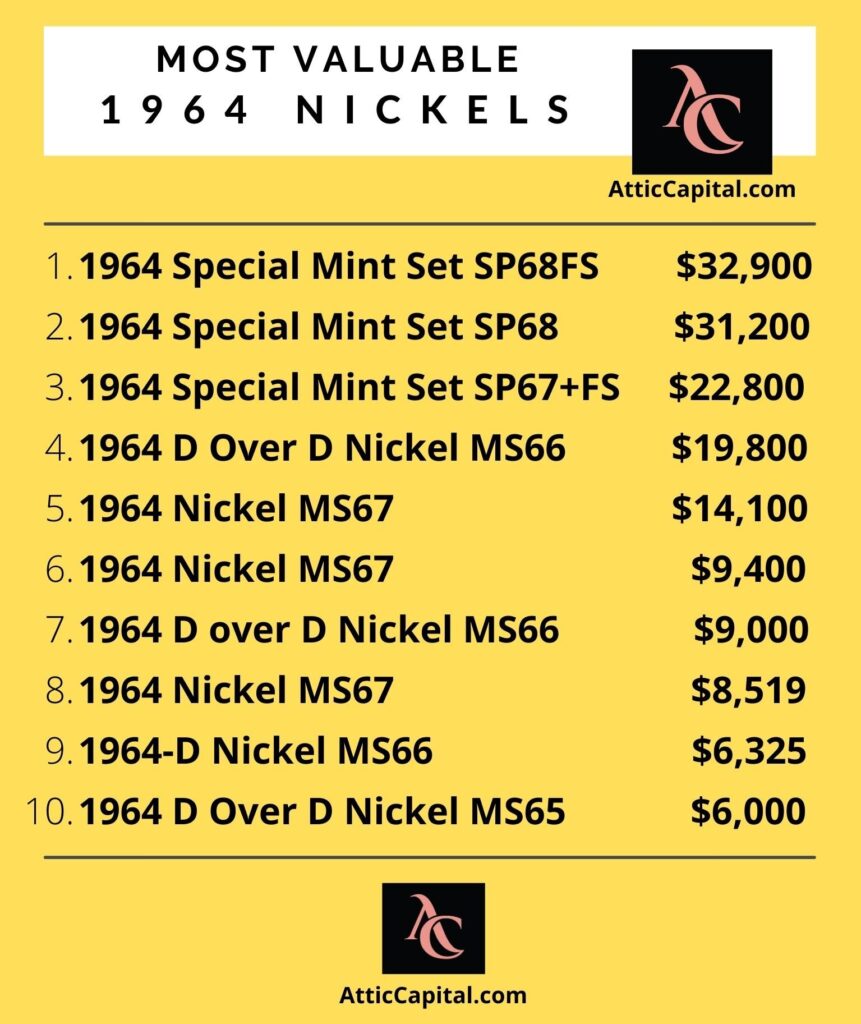
But before we get into every different type of 1964 nickel you might come across, first, we should understand the mintage history of the coin leading up to 1964.
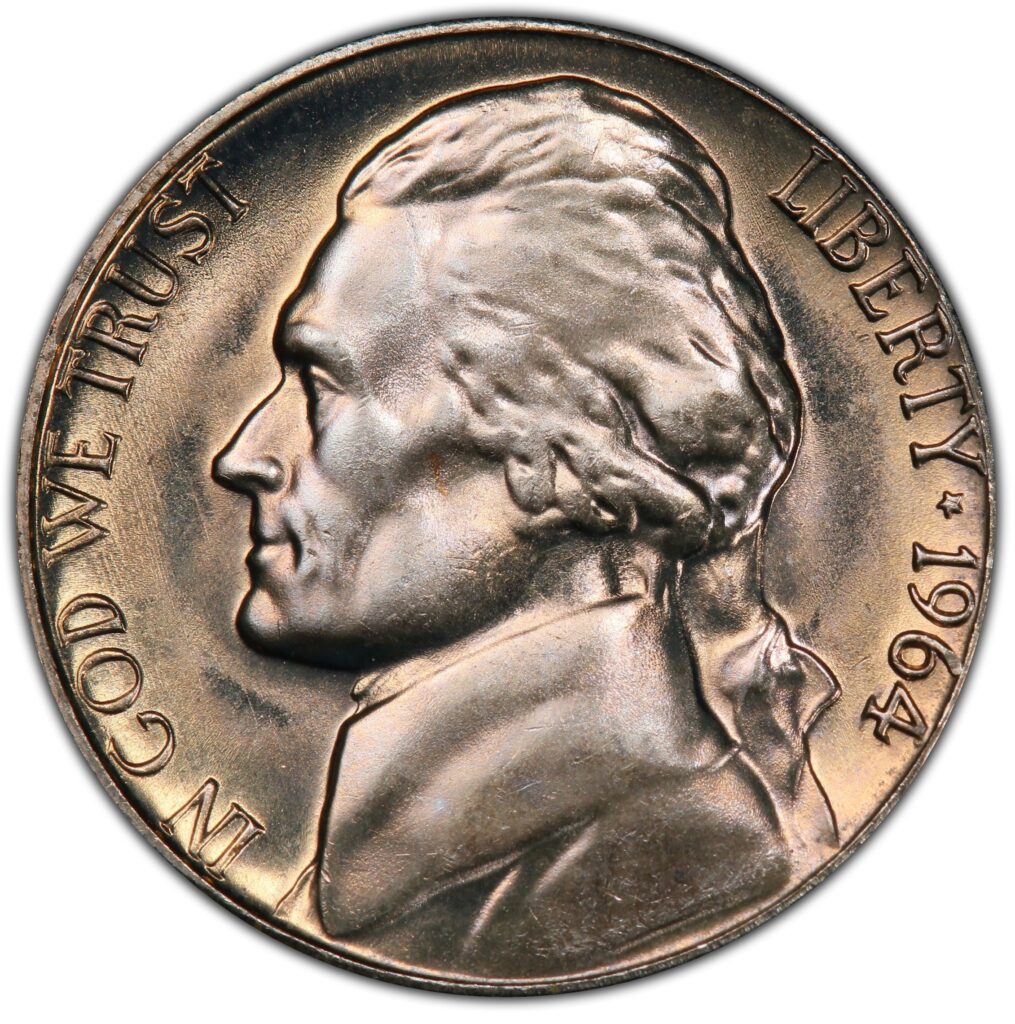
The Story of the 1964 Nickel
Designed by Felix Schlag, the Jefferson nickel began production in 1938, and continued to run through 2004.
Nearly 2.8 billion 1964 Jefferson nickels were struck between the Denver and Philadelphia Mints, so they are not rare coins.
In fact, it’s the highest mintage year of any nickel in U.S. coinage history.
But most of the coins produced went directly into circulation, meaning very few are still in MS65 condition or higher.
In fact, only a few hundred 1964 nickels exist in MS67-graded condition, making these nickels worth a great deal of cash.
Mint State (M.S.) coins are also scarce, meaning they have never been circulated and remain in the same pristine condition as when they were minted.
Coin collectors strive to find rare coins like the 1964 Nickel in mint state, which is a rare and valuable find.
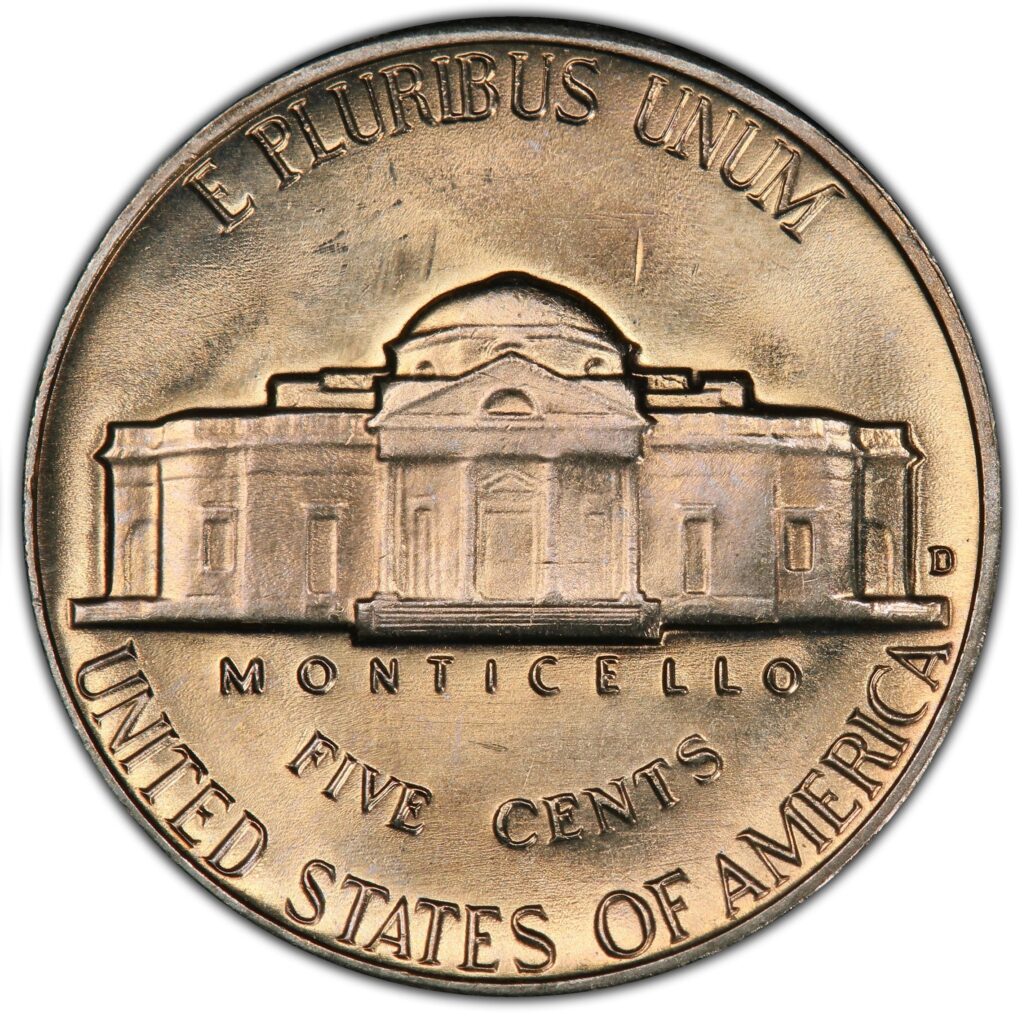
1964 Nickel Design
The coin design for the 1964 nickel was created by coin engraver and artist Felix Schlag.
He won a contest in 1938 to develop the coin, beating out 390 other designs.
It is considered one of America’s most widely circulated coins and is a budget-friendly way to begin coin collecting.
The obverse side shows a left-facing bust of President Thomas Jefferson, while the reverse side has a rendition of his Virginia home, Monticello.
The coin is composed of 75% copper and 25% nickel and weighs 5 grams.
It has a diameter of 21.2 millimeters and is 1.95 millimeters thick. This coin continues to be minted today, making it one of the longest-running coin designs in the U.S. coin series.
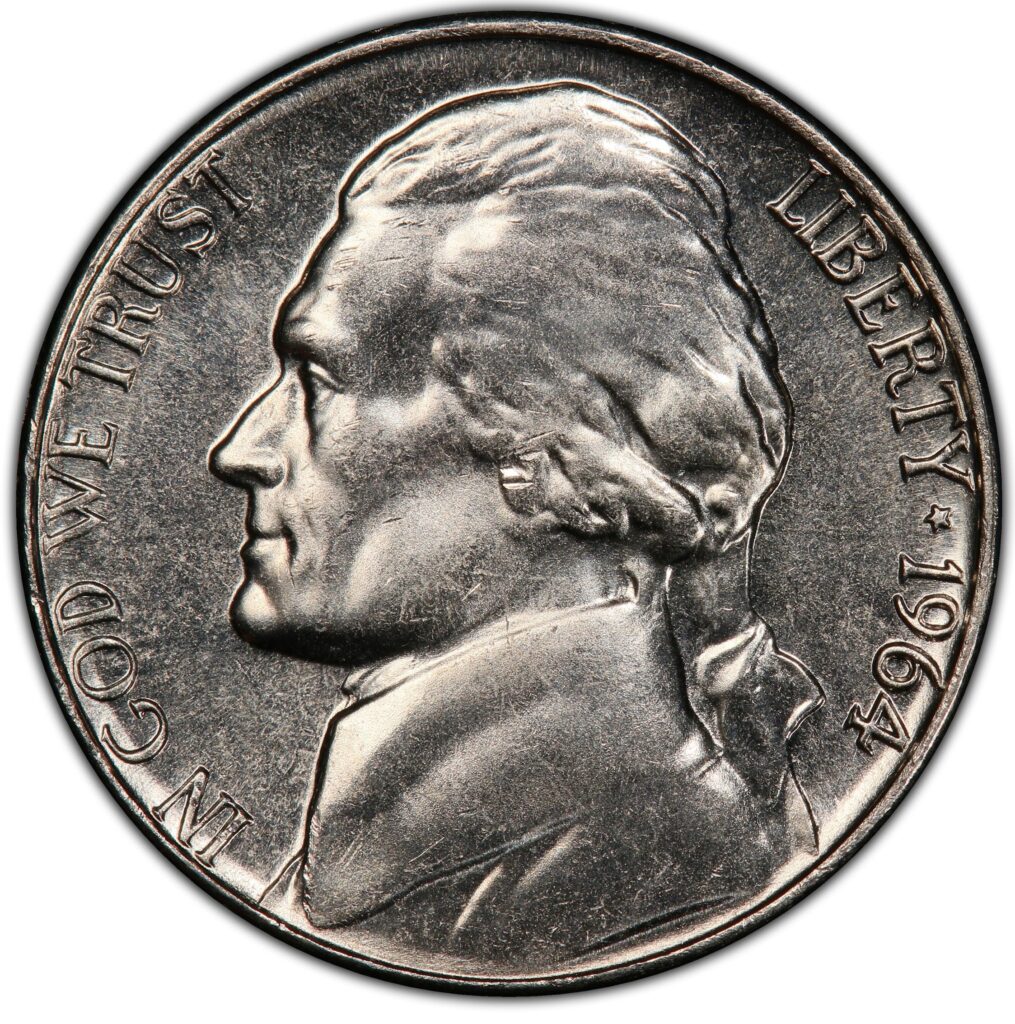
Circulated 1964 Nickels
With so many 1964 nickels produced, you might be wondering how any of them have value above five cents.
There were 1,028,622,762 circulation strike nickels produced at the Philadelphia Mint in 1964.
And another 1,787,297,160 struck at the Denver Mint.
A mind-numbing amount.
Chances are, you have a 1964 nickel sitting next to you right now! But it’s most likely worth exactly five cents.
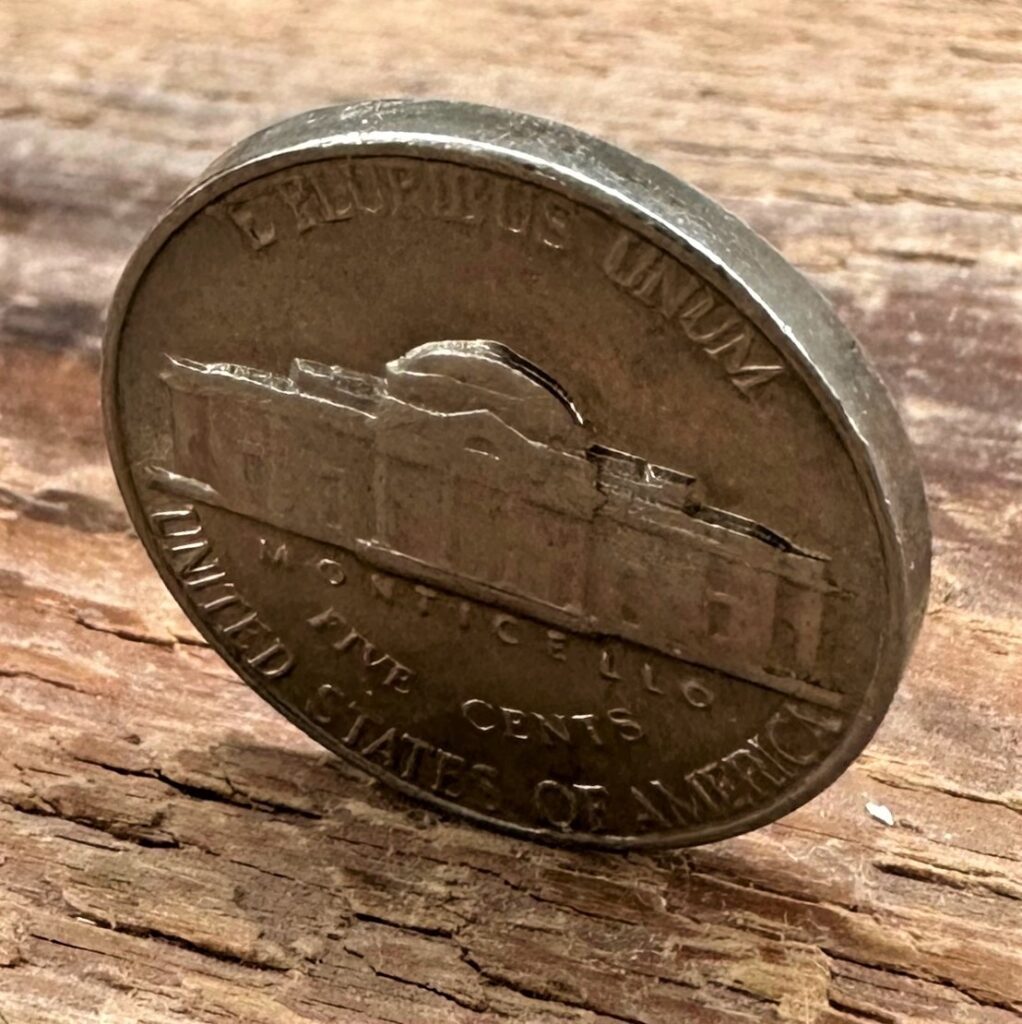
MS63 Nickels From 1964
The reason is most nickels from this year went directly into circulation, and are now in poor condition.
Finding a circulated 1964 nickel with grades of MS63 condition or higher is difficult, but it does happen.
Keep your eyes peeled for the appearance of circulated nickels that might have escaped damage over the years.
These coins can be graded, and worth hundreds, if not thousands, of dollars.
Uncirculated 1964 Nickels
Finding an uncirculated 1964 nickel would be rare. The only way to identify an uncirculated nickel is if the coin has no visible wear or damage.
The luster should be bright and uniform evenly throughout both faces of the coin.
Uncirculated nickels are typically worth more than circulated coins, based on their condition.
1964-P Nickel No Mint Mark Value
The Philadelphia nickel from 1964 has no mint mark. The record sale for 1964-P nickel was $14,100, which was a graded coin in MS67 condition.
Heritage Auctions held the record sale in 2014, which was a Full Steps coin two full grades higher than the previous record sale.
1964-D Jefferson Nickel Value
The record auction sale price for a 1964-D Jefferson Nickel with Full Steps is $6,325.
The coin was graded at MS66 condition and sold at a Heritage Auction in 2009.
For the regular strike coin in MS67 condition, the record sale was $1,750 in 2022.
With a total mintage of 1.7 billion coins, the 1964 Denver Mint coin is very common.
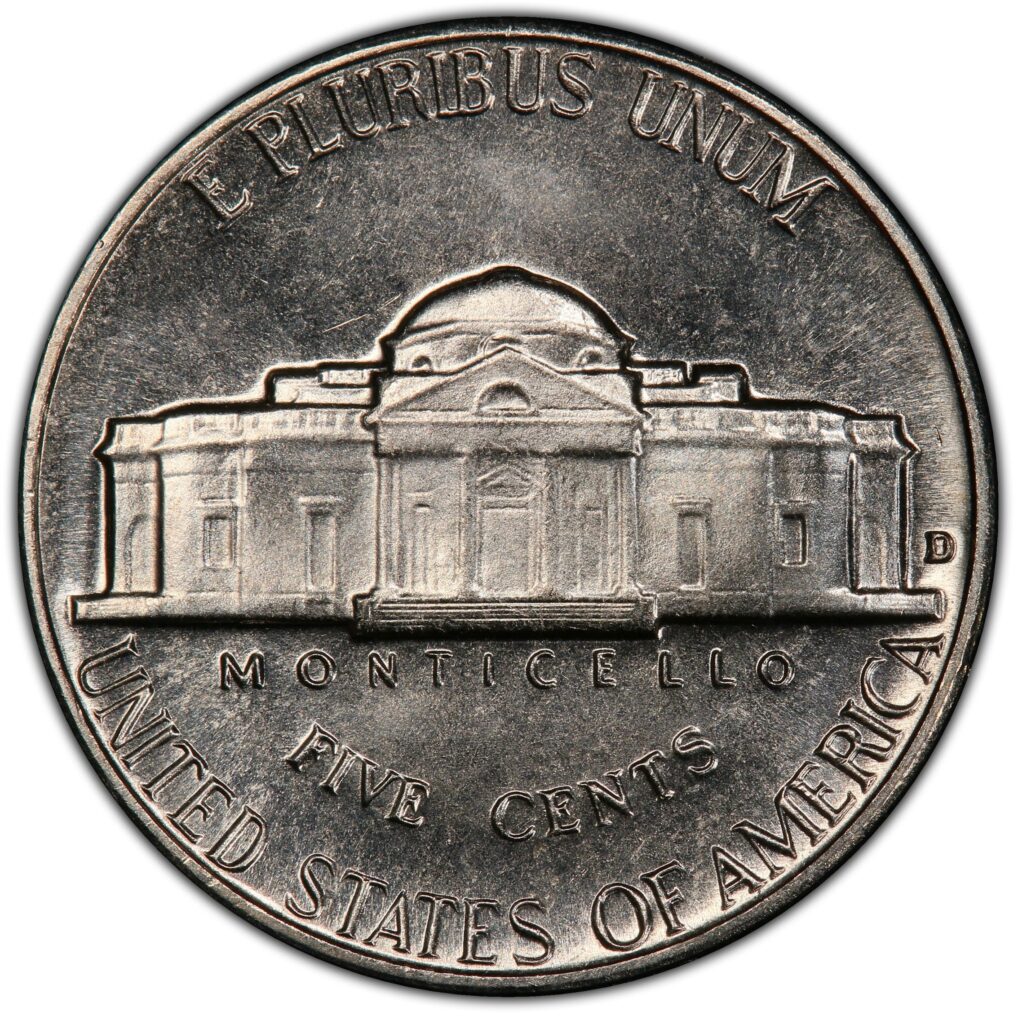
1964 F.S. ‘Full Steps’ Nickel Value
The 1964 Nickel with Full Steps is valued higher than other similar nickels.
Even with 2.8 billion 1964 nickels produced, the Full Steps nickel is extremely rare.
There are only five known 1964-D nickels with Full Steps graded in MS66 condition.
One thing to remember. With billions of nickels from 1964 and only a handful of them graded in MS66 or higher, it’s likely there are others in high grades just waiting to be discovered.
1964 SMS Nickel Value
Only about twenty Special Mint Strike nickels from 1964 are known to exist.
The record price paid for a 1964 SMS Nickel was $4,140 for an MS67 coin in 2004.
The coins are not considered proof coins, and they are certainly not circulation strike nickels. So we call them Special Strike coins.
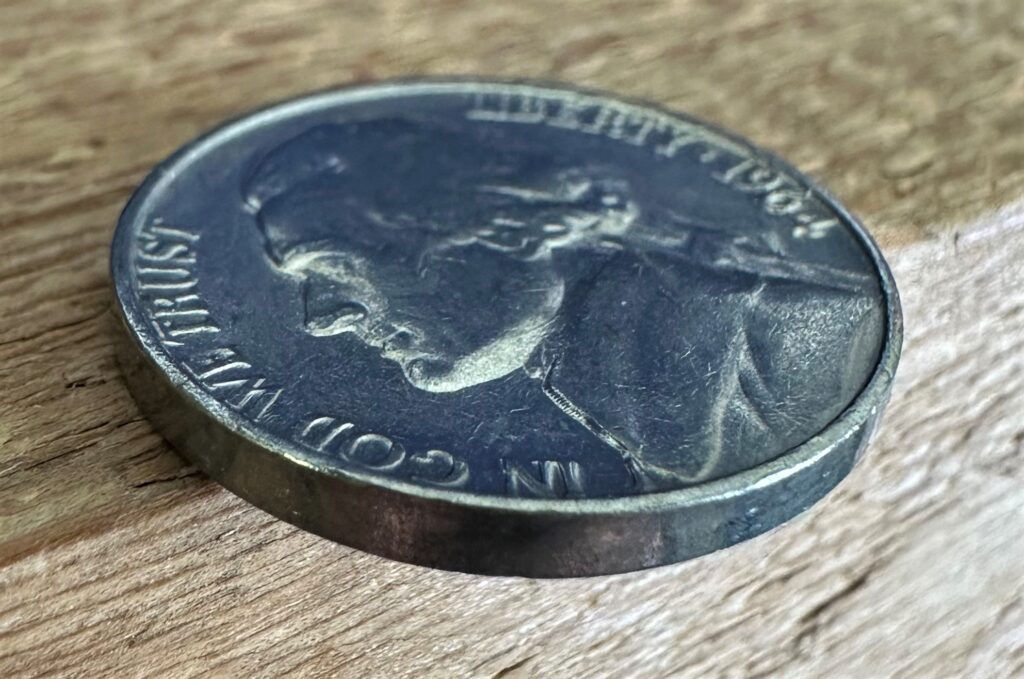
Special Mint Strikes have sharp edges, detailed lines, and a crisp Satin finish.
Prices can be in the thousands for SMS nickels.
One little-known fact about the 1964 SMS nickels is they were completely unknown until a 1993 Stacks Coin Auction.
One theory on where these Special Mint Strike Jefferson nickels originated is from a well-known coin collector, Lester Merkin.
Merkin was friends with Eva Adams, who acted as the Director of the U.S. Mint from 1961 to 1969.
1964 Nickel Proof Coins
1964 nickel proof coins are a special type of coin minted in the United States in 1964.
The coins feature a mirrorlike finish on both sides, which makes them stand out from other regular coins.
Struck at the Philadelphia Mint, the record price for a Proof 1964 nickel was $2,750 for a PR70 coin in 2023.
The coins have a smooth edge and weigh five grams. They are made from an alloy of 75% copper and 25% nickel.
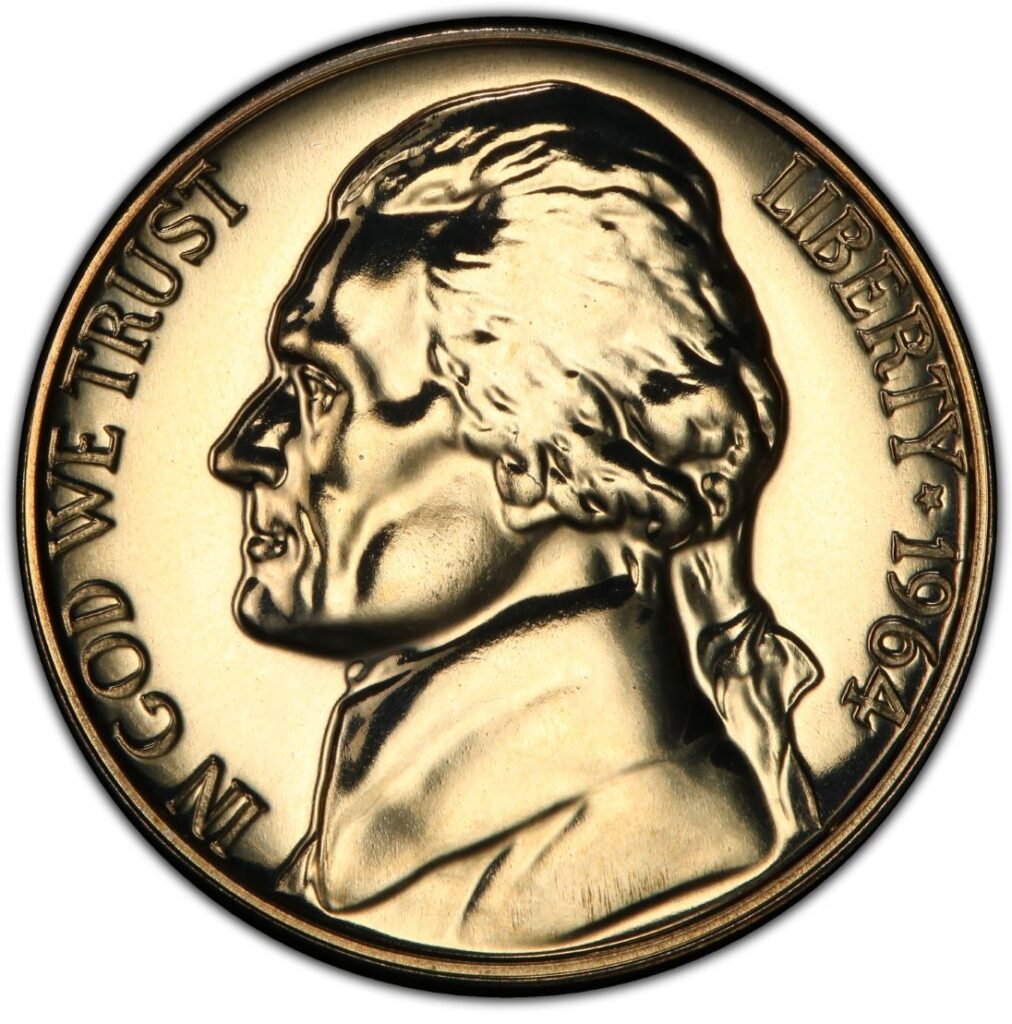
1964 Nickel Error Coins
Several error coins are valuable from the 1964 nickel year.
- Double Die Error
- “D over D” Error
- Four Strikes Three Off-Center Error
- Clipped Planchet Error
- Obverse Brockage Broadstruck Error
- Nickel Struck on 1c Planchet Error
- Nickel Struck on 10c Planchet Error
- Double Punched Mint Mark Error
1964 Double Die Error Nickel
The 1964 double-die nickel was created by mistake during the production process when two dies used to strike the coinage were not perfectly aligned.
The off center misalignment caused some design elements to be doubled up, giving the rare nickels a unique and collectible look.
The double struck die nickel variant was only minted for a few weeks in 1964 before the mistake was discovered and production halted.
“D over D” Error
Prior to 1989, US Mint workers would hand punch the working die with the mint mark.
Mint marks struck incorrectly were sometimes struck a second time, leading to one mint mark printed over the other.
Four Strikes Three Off-Center Error
One of the rarest error nickels was the valuable 1964 quadruple strike.
As the nickel rotated through the planchet strikes, three additional strikes occurred off-center producing an obvious error.
Clipped Planchet Error
When the blank is punched incorrectly from the metal sheet, coins are struck looking like a “bite” was taken from the edge.
Clipped planchet errors are somewhat common, and come in a variety of sizes.
Obverse Brockage Broadstruck Error
The brockage broadstruck error nickel is a rarity. Certified error coins will sell on eBay for hundreds of dollars.
When one coin is stuck in the planchet while another coin is struck, a broadstruck error occurs.
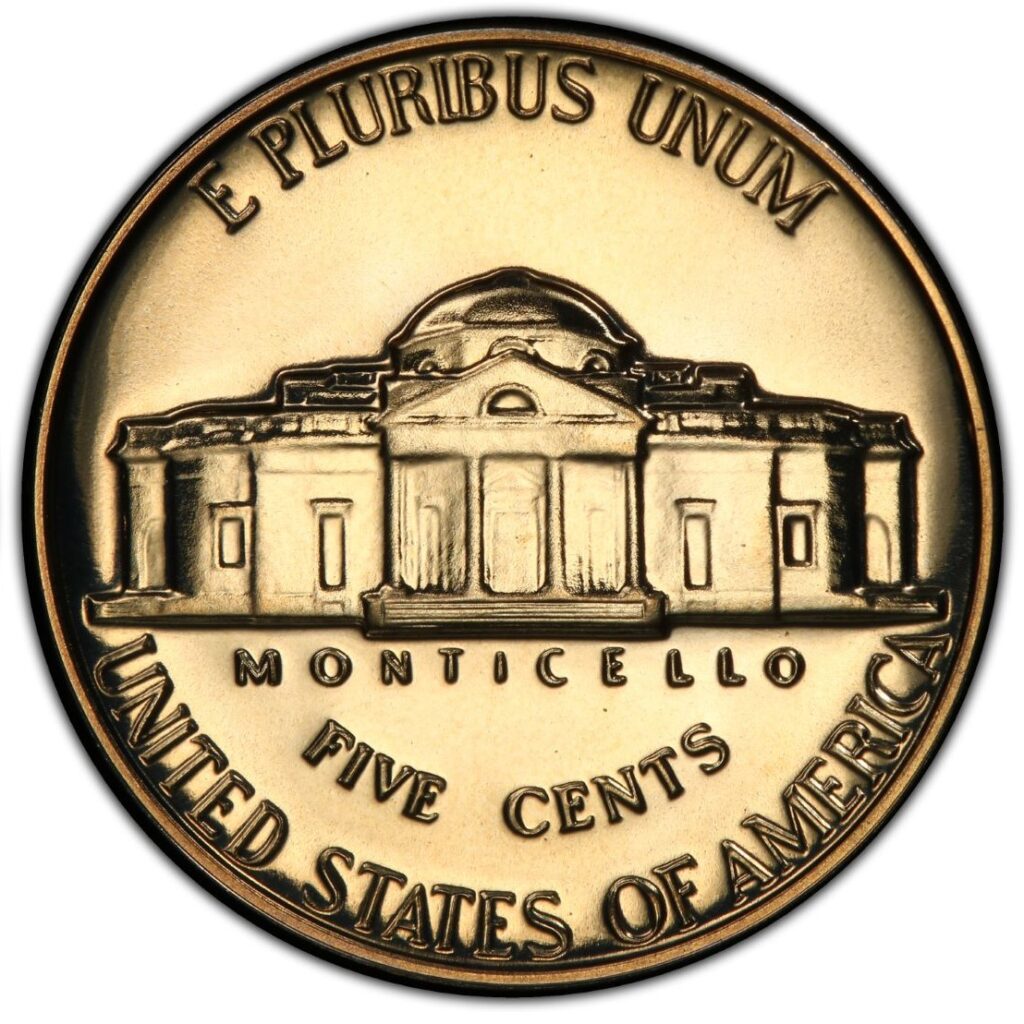
How Can You Tell if a 1964 Nickel is Rare?
The first thing to look at on a 1964 nickel is its condition.
A circulated nickel from 1964 in excellent condition would be rare, and worth a decent amount of money, once graded.
With only a few dozen 1964 nickels in MS66 grade or higher, a great conditioned coin has the potential to be worth thousands of dollars.
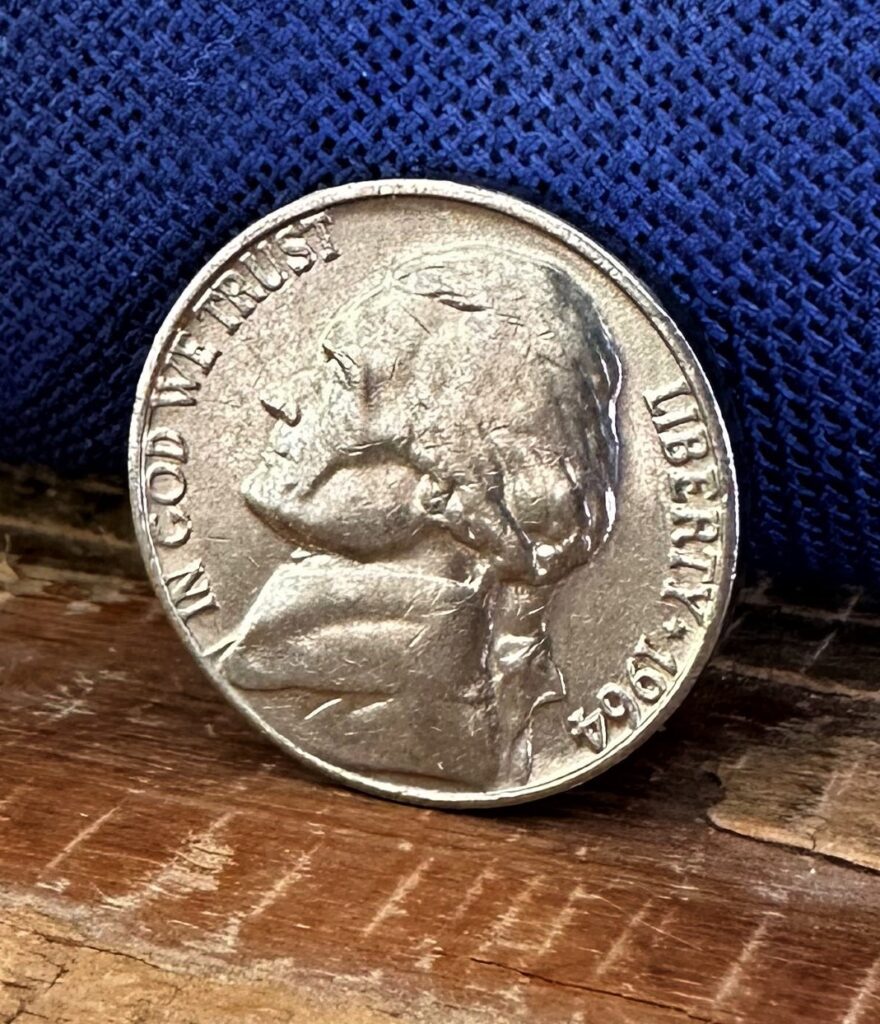
Is a 1964 Nickel Pure Silver?
No, a 1964 nickel is not pure silver. It is composed of 75% copper and 25% nickel.
The American five-cent piece has kept this same alloy, with only minor variations over time.
Collectors seeking pure silver coins should look at options such as the Silver American Eagle, the Franklin half dollar, or the Morgan silver dollar.
These coins contain 90% and 99.9% silver, making them much more valuable than copper coins.
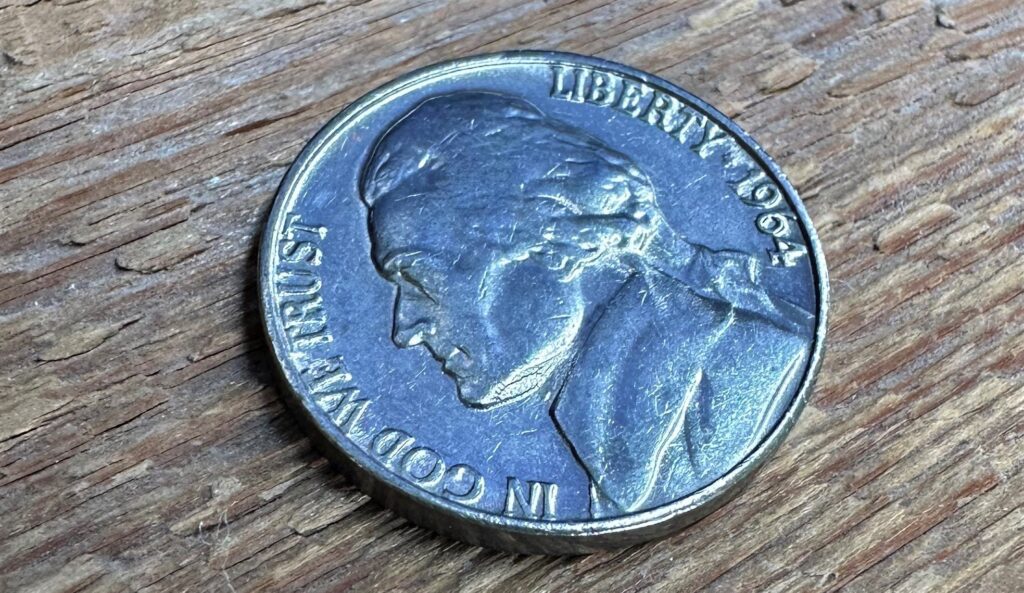
Where is the D Mint Mark on a 1964 Nickel?
The D mint mark on a 1964 nickel can be found below the building on the reverse side of the coin. It is located just to the right of Monticello, which is printed in large letters and sits directly above the date.
The D stands for the Denver Mint, where this particular nickel was produced. Knowing where to look for it will help you determine the origin of a 1964 nickel.
Additionally, if you find a 1964 nickel with no mint mark, it was produced at the Philadelphia Mint.
How Can You Tell If a 1964 Nickel Is a Special Strike Set Coin?
If you have a 1964 nickel, you may wonder if it is a special strike. Special strikes are coins that were made with extra attention to detail and quality control, which makes them more valuable than regular coins.
To tell if your 1964 nickel is a special strike, there are several things to look for.
First of all, look at the design of the coin. Special strikes often have sharper details and crisper edges than regular coins.
Additionally, you can use a magnifying glass to see if there are any flaws or imperfections in the coin’s design. It may be a special strike if your 1964 nickel looks flawless under magnification.
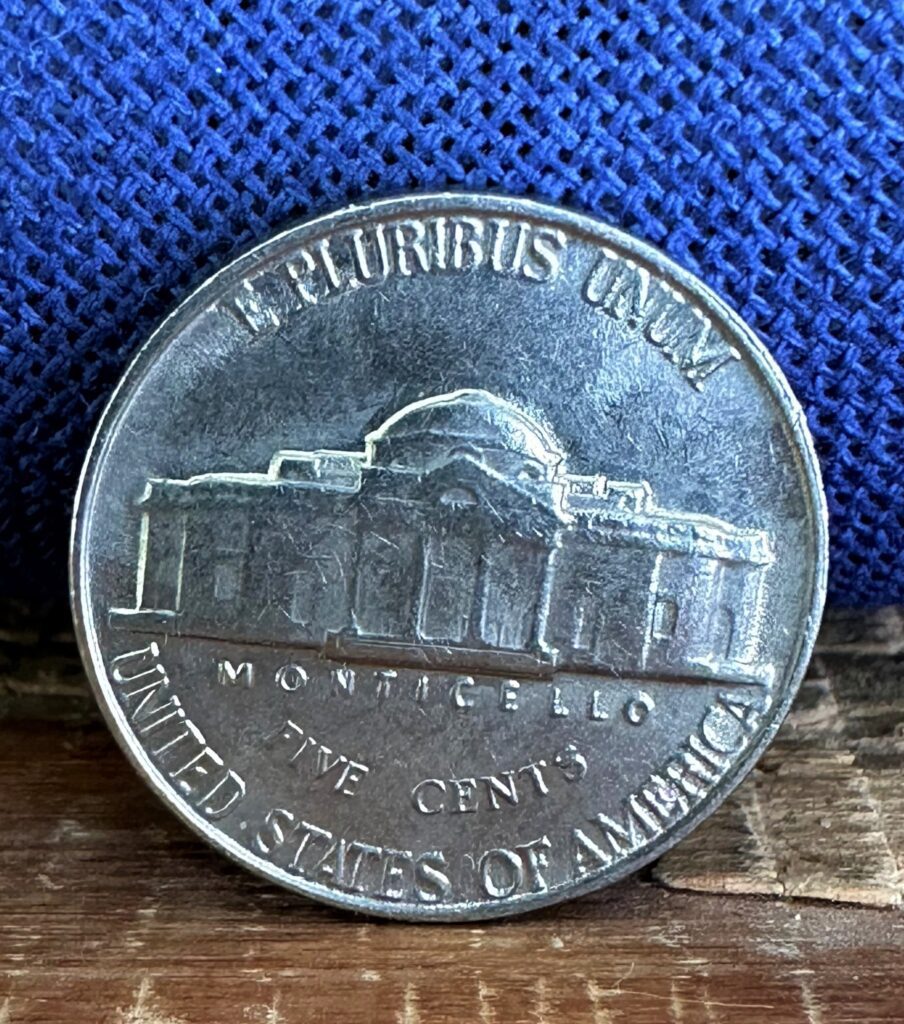
You should also look at the color of your 1964 nickel. Special strikes often have a bright, consistent luster and hue, while regular coins may appear dull and mottled.
Finally, take your 1964 nickel to a certified coin dealer or numismatic expert who can help you determine if it is a special strike.
A professional can tell if your coin is a special strike based on its design, color, and other factors.
By looking for these signs, you can tell whether your 1964 nickel is a special strike.
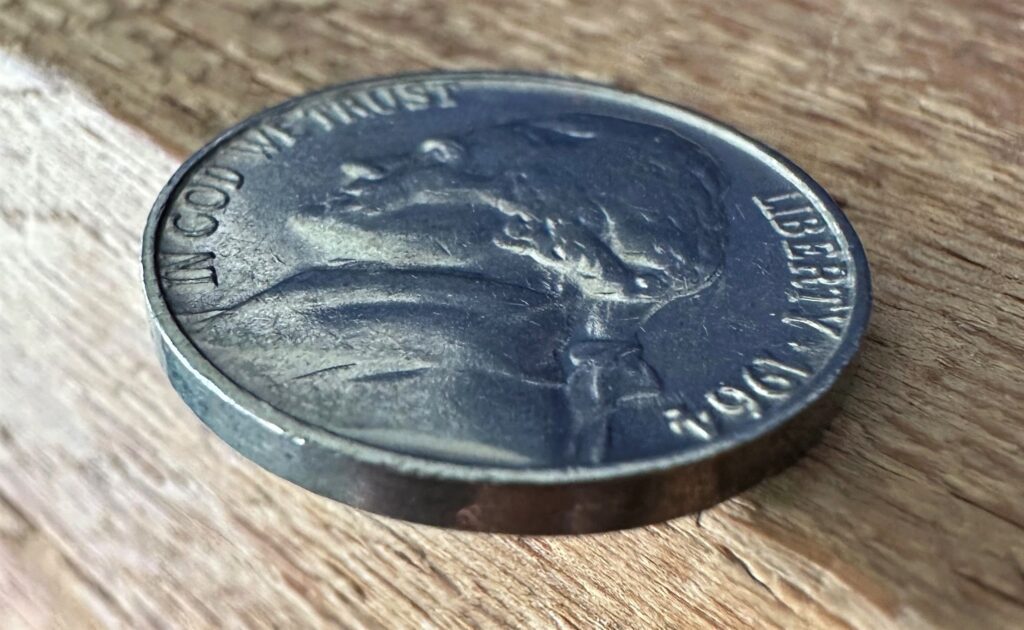
We’re Not Finished, There’s More to the 1964 Nickel –
So Far, We Know That –
- Billions of 1964 nickels were minted, more than any other year in history.
- The most valuable nickel ever sold was a Special Mint Set coin featuring Full Steps for over $33,000.
- Most 1964 nickels are worth five cents, but coins in MS66 grade or higher are very rare and worth thousands.
- The different types of 1964 nickels to know are SMS, Full Steps, Proofs, and rare errors.
Even More Facts and Figures on the 1964 Nickel –
- 1964 was the very first year the U.S. Mint coined more than one billion nickels. That’s an astounding amount of change!
- Only 22 Philadelphia coins have been graded at MS67, and just 298 graded at MS66. Why are so few certified at high grades? Because they were all in circulation, getting spent!
- 57 nickels from the Denver Mint have an MS67 grade. 636 coins are graded at MS66 with a D mint mark.
- Congress authorized a date freeze on coin mintage in 1964, so roughly 60% of 1964 nickels were actually struck in 1965. The quarter, dime, and penny were also seeing shortages due to hoarding, and the price of silver and gold bullion.
- It wasn’t until 1966 when the coin designer, Felix Schlag’s initials were added to the coin below Thomas Jefferson’s portrait.
- Due to the coin shortage, mint marks were removed from the nickel after 1964, but added back to the coins in 1968.
- The San Francisco Mint stopped coining nickels after 1954, leaving only Philadelphia and Denver to produce billions of nickels.
More Rare Coin Collecting Resources –
- How and where to sell my rare coins online?
- Can you help me value my coins?
- Can you tell me the basics of U.S. Coin history?
